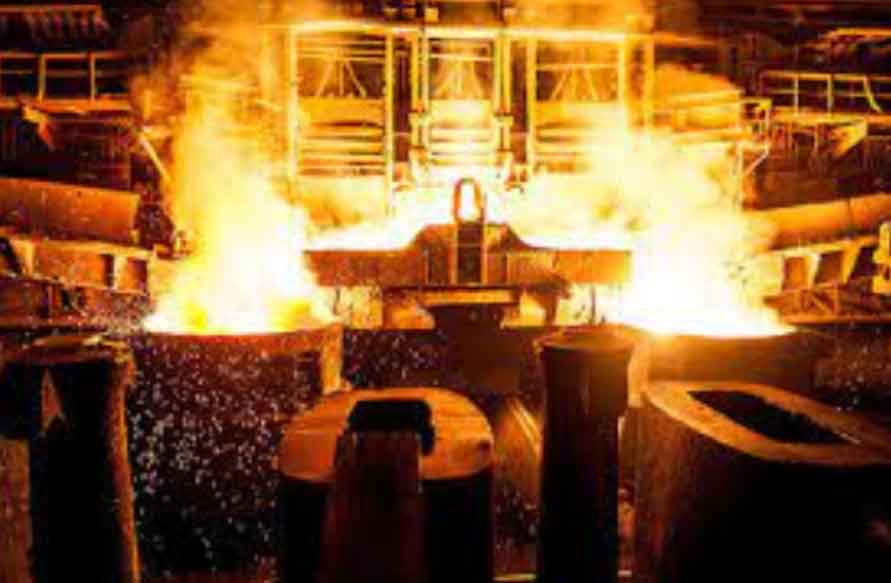
Steel castings play a vital role in the automotive industry, contributing to innovation, performance, and safety. They are extensively used for critical components that require high strength, precision, and reliability. Here are some key ways in which steel castings are forging a path to innovation in the automotive sector:
- Engine Components: Steel castings are used for manufacturing engine blocks, cylinder heads, and crankshafts. These components are essential for the engine’s performance and durability. Steel’s high tensile strength and thermal stability enable the engine to handle the stresses and temperatures generated during combustion.
- Transmission Housings: Steel castings are employed in producing transmission housings, which are critical for smooth gear shifting and power transfer in vehicles. The precision and dimensional accuracy of steel castings ensure a precise fit and enhance the transmission’s efficiency.
- Suspension Components: Steel castings are used for producing various suspension components, such as control arms and knuckles. These components are essential for providing stability, handling, and comfort during vehicle operation.
- Brake Components: Steel castings find applications in brake system components, such as calipers and rotor hubs. Their high wear resistance and thermal properties ensure reliable and consistent braking performance.
- Safety Systems: Steel castings are utilized in safety-critical components like steering columns and seatbelt components. The strength and toughness of steel contribute to passenger safety in case of collisions or accidents.
- Chassis and Frame Components: Steel castings are used in chassis and frame components to provide structural integrity and rigidity to the vehicle. Steel’s high strength-to-weight ratio allows for lightweight yet robust vehicle structures.
- Exhaust System Components: Steel castings are employed in exhaust manifolds and other exhaust system components. The high-temperature resistance of steel ensures the longevity and performance of the exhaust system.
- Powertrain Components: Steel castings are crucial for powertrain components like flywheels and timing gears. These components are responsible for transferring power from the engine to the wheels efficiently.
- Steering Components: Steel castings are used for manufacturing steering knuckles and other steering components. Their precision and durability are essential for accurate and responsive steering.
- Fuel System Components: Steel castings are employed in the fuel system, including fuel rail components and fuel pump housings. The corrosion resistance of steel ensures the longevity and reliability of these components.
The use of steel castings in the automotive industry enables engineers and designers to create innovative, high-performance vehicles that meet stringent safety and environmental standards. Steel’s versatility, combined with the casting process, allows for the production of complex and intricate designs that are challenging to achieve with other manufacturing methods. As automotive technology continues to evolve, steel castings will remain a fundamental element in driving innovation, performance, and safety in the automotive sector.
